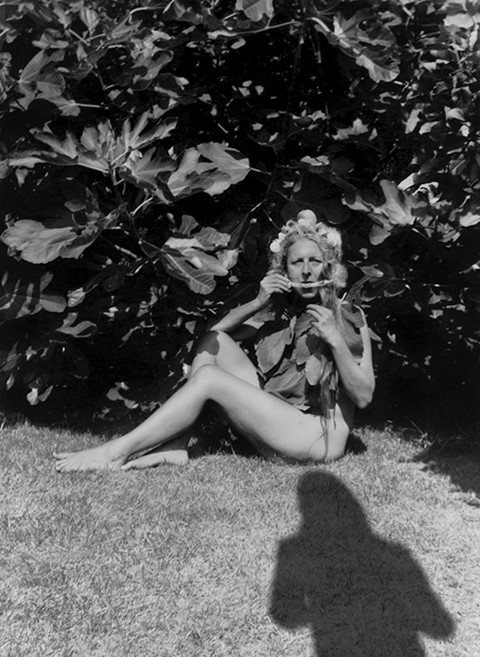This week London’s Breese Little Gallery opens 31 Women, a celebratory exhibition modelled on Peggy Guggenheim’s prototype
In 1942 the collector Peggy Guggenheim opened Art of This Century, a gallery in New York which she intended as a place to show her exceptional collection of Surrealist masterpieces, and groundbreaking Abstract Expressionism. The glamorous socialite had spent much of the 1920s in Europe, where she rubbed shoulders with the cream of the art world. Here she developed a keen eye for the newest talent around, as well as a reverence for the prolific work of Georges Braque, Salvador Dalí, and Piet Mondrian.
Guggenheim was a woman confident in her own tastes, and was instilled with the mission of bringing innovative art to the public consciousness. Though Art of This Century was not to remain open for long, during its short tenure it set a new standard for independent art galleries; it defied architectural convention – the curved walls were infamous – and it was here that she mounted Exhibition by 31 Women, a show celebrating the greatest female practitioners of the day, including Frida Kahlo and Dorothea Tanning.
Inspired by the show’s innovative and celebratory spirit, London gallery Breese Little has this month opened a new exhibition which riffs on the format of Guggenheim’s original, investigating the importance of female representation in contemporary society.
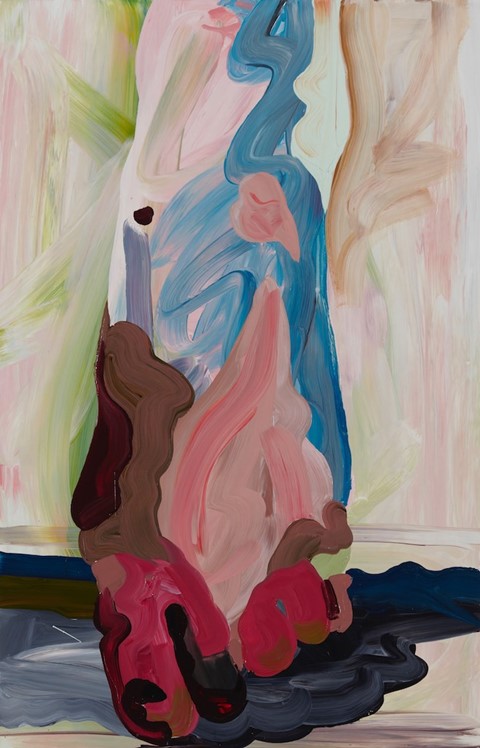
On Peggy’s legacy…
“The original idea for the show came after watching the documentary on Peggy Guggenheim, Art Addict,” says Josephine Breese. “It’s a truly wonderful film that canvasses renowned critics and collectors, expressing her huge impact on the art world and repositioning her vital legacy. Of course it covered the opening of her influential gallery, and introduced me, and Henry (fellow Breese Little director), to the Exhibition by 31 Women.
In our version we wanted to set the stage for a platform that would embody the spirit of the show, which was truly one of celebration. It was also important to build a relevant framework, so we focused on two strands: Surrealism, and Abstraction. Both were intrinsic to Peggy’s collecting, and central to the New York art world at the time.”
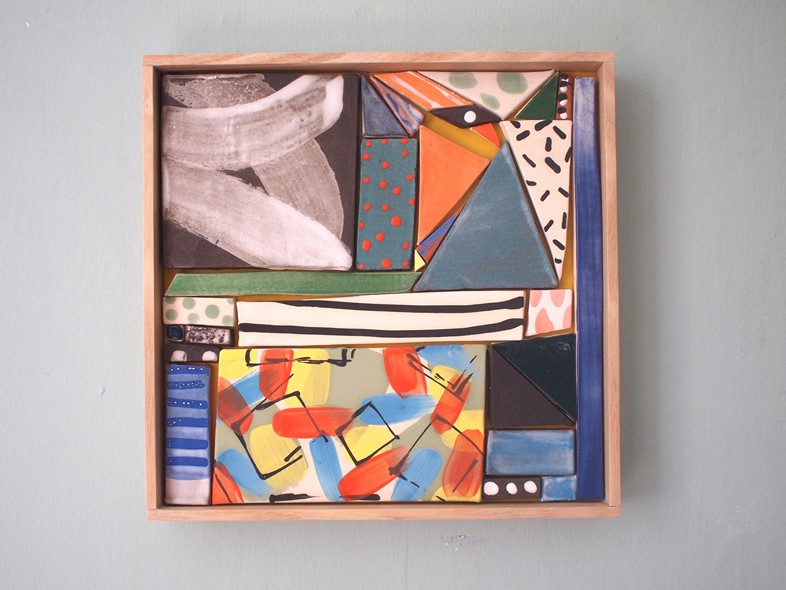
On blending the historic and the contemporary…
“The show begins with works of art that chime with the time of the original exhibition. We have a watercolour by Catherine Yarrow from 1932 and a wonderful 40s collage called Fighter Pilot, by Eileen Agar. Moving on from that, we have navigated a path through history, covering early British Modernism, through to 70s and 80s feminist practices including Jo Spence and Helen Chadwick, right up to contemporary artists.”
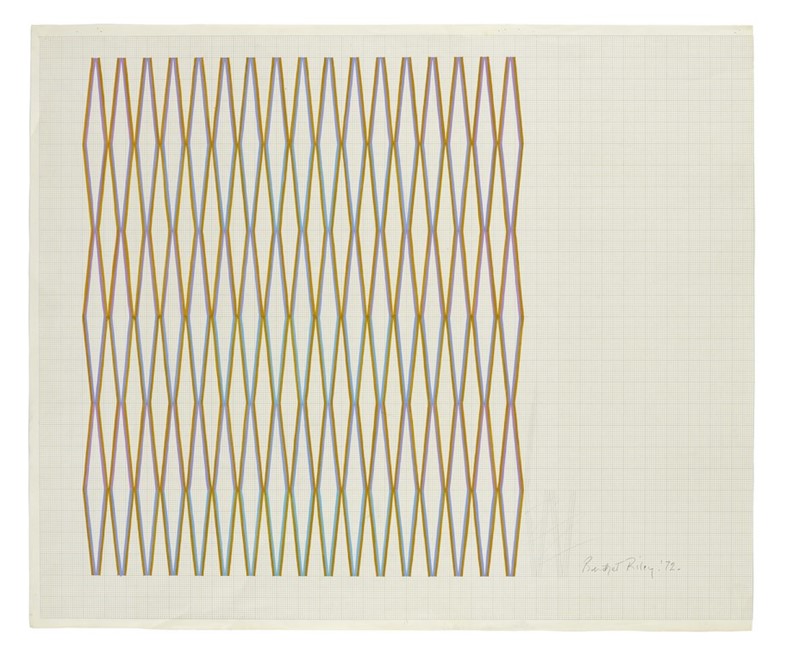
On female representation…
“The idea of empowered female representation is a really important thread in this show. A major benchmark is the Tracey Emin letter [a handwritten text on two sheets of blue paper, that is something of a companion piece to her neon Kiss Me, Kiss Me, Cover My Body In Love]. This is a very visceral, personal, deeply evocative insight into her life; I read it almost as a self-portrait. It’s also interesting to see that there is arguably only one image of a man on display, in the guise of a painting by Celia Hempton, so the focus is very much on the female experience. Although there has been some debate over whether the yellow bum depicted in Cornelia Baltes’ painting Twiste wo ich swinge I belongs to a man or a woman, Henry and I have argued about that!
Along with the historical element this idea has really engaged the gallerists and artists we’ve worked with. There’s been a lot of excitement around re-engaging with Peggy’s original concept. Aimee Parrot even created a site-specific installation called Pelt, made from latex, velvet and felt. It recreates her body’s dimensions and features a nude figure that hangs from the ceiling and gently rests on the floor.”
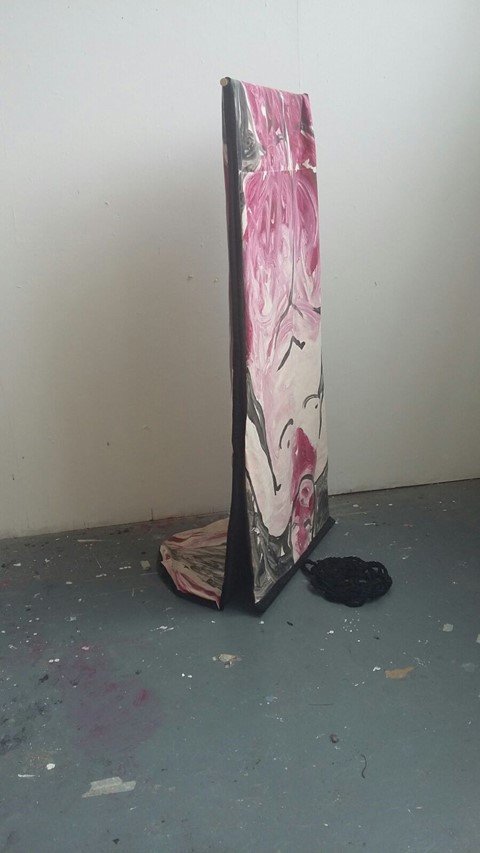
On re-examining history…
“We’ve considered how histories get written, and specifically how this plays into the treatment of female artists. Peggy’s exhibition was set in a somewhat pre-feminist era, so there weren’t any discussions around what it meant to mount a show that was comprised of exclusively women; that really just wasn’t part of the conversation.
Now of course we are in a different age. When we seized the idea for this show we knew it was at a crucial, specific moment for female platforms in all their forms, whether it be artistic, political or on a global scale. Saying that, we don’t need to push an agenda onto the exhibition. Yes, it is a show featuring female artists, but that shouldn’t stop anyone appreciating it from multiple perspectives.”
31 Women runs until July 29, 2017, at Breese Little, London.
